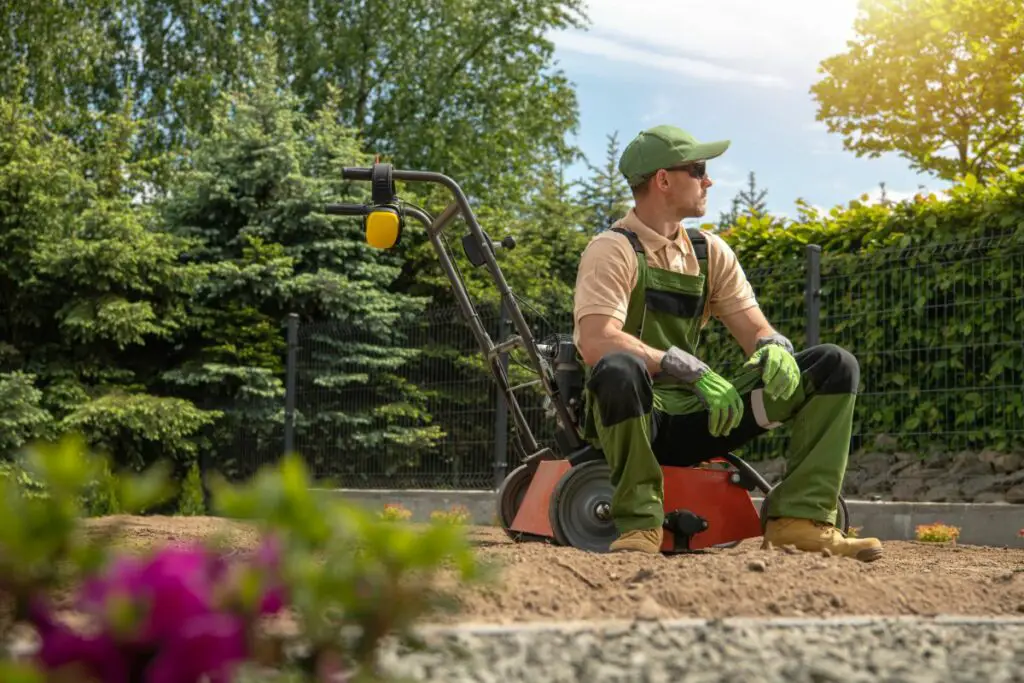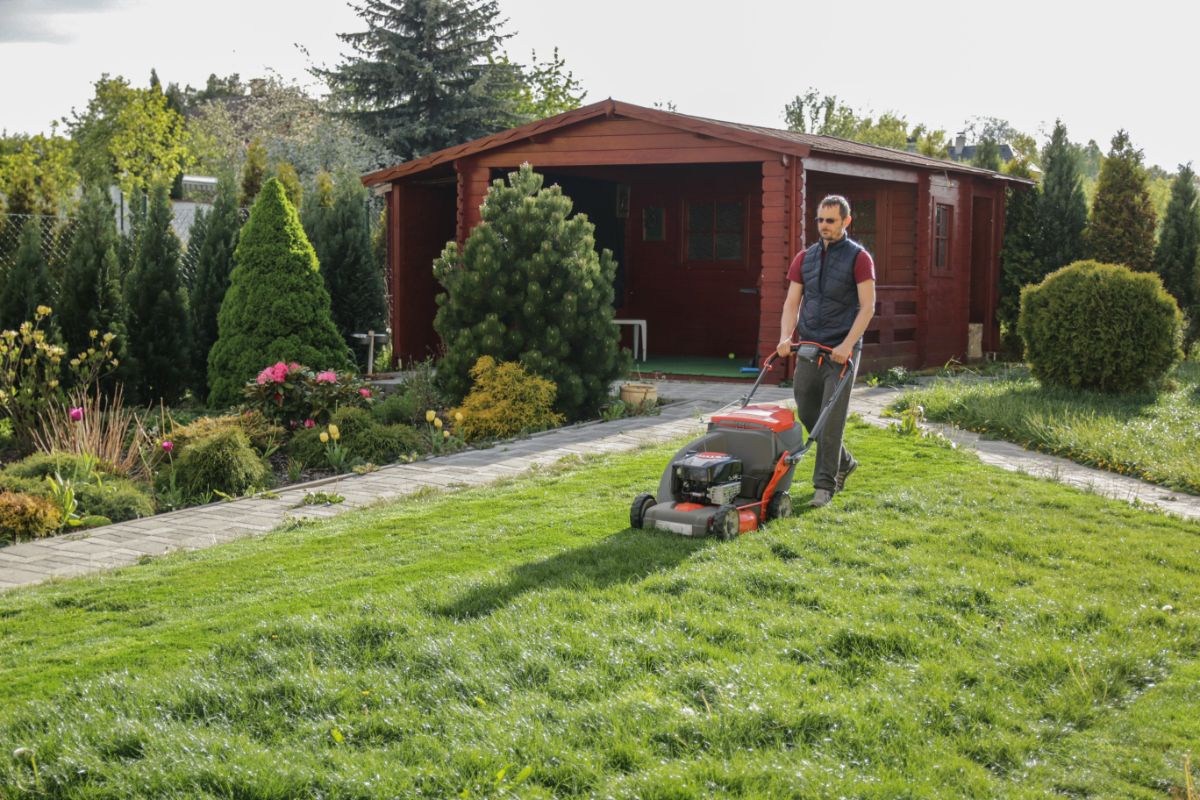As anyone who has any experience with gardening and managing a lawn will know, aerating is incredibly important for alleviating soil compaction and helping with drainage thanks to the small holes which are poked across the soil.
These holes encourage air circulation, while also allowing water and nutrients to reach the grassroots much easier, making it a very important part of keeping a lawn fresh, clean, and healthy.
With that being said, there are still a few other things you can do after aerating to ensure your soil remains at its best, and that’s what we’re here to talk about today.
Keep reading as we go through what you should be doing after aerating your lawn, along with a few tips on how much you should be aerating, and when the best time to do it is.
How To Keep The Grass Healthy After Aerating
Once your patch of land has been thoroughly aerated, and the holes have been spread out across the field of grass, you’ve taken the first, and the biggest step towards breathing new life into your lawn, but the truth is, there is still a little more you can do to make sure the grass stays as green as it can.
Here is what you should consider doing after aerating your lawn to ensure that the soil remains fresh for as long as possible:
Choose The Correct Top Dressing

When you’re done aerating your lawn, you will then need to apply the top dressing, however, because they all have their own properties and benefits, it’s worth looking into each one before making a choice.
There are three main lawn top dressings you should consider, these are:
Compost – Great for improving soil structure and can fix many lawn issues such as lawn disease and thatch.
Sand – Helps tremendously with water retention, especially for lawns with clay soil. Definitely worth considering if you want to improve the drainage properties of your lawn.
Topsoil – Very nutrient-rich with a very loose structure which helps a lot with water drainage. Excellent for allowing extra oxygen to reach the grass to encourage healthy growth and development.
Once you have chosen your top dressing, use a shovel to distribute it and then even it out by using either the back or the front of a rake. Ideally, you should only be applying a half-inch of top dressing so that you don’t end up burying the grass.
Don’t Remove The Soil Plugs
If you’re using a hollow tine aerator to get the job done, don’t remove the plugs that it makes within the soil, since these will be broken down by the rain, or the next time you mow the lawn, adding beneficial soil and organic matter to the surface.
Add Fertilizer
While aeration is an excellent way to encourage your grass to be much healthier and to develop as it should, the truth is this isn’t going to happen straight away, especially if the grassroots have been struggling to receive the necessary nutrients and correct amount of airflow due to the soil being clogged up.
Therefore, rather than waiting around for the grass to improve, it can be worth applying some fertilizer since this will provide the grass with all the ingredients it needs to get back to its best much faster, encouraging a strong and dense growth that will get your lawn looking as green as ever in no time.
Avoid Overwatering The Lawn
Pouring too much water into the soil can end up clogging up the holes you made previously and can result in puddling which will reduce the amount of water that actually reaches the roots, stunting the growth of the grass and making it look weak and hollow.
Therefore, it is important to always remember that you should be pouring only about an inch of water onto your lawn per week.
This is especially important to keep in mind after aeration has taken place because the wide gaps provided by the holes mean puddling can occur much easier, even if you have a top dressing already covering them.
How Often Should You Aerate A Lawn?

The rule of thumb is that a lawn should be aerated once each year, however, if your grass is growing in compact soil or soil that contains a high clay content, you may want to aerate it twice each year, just so you can ensure that the roots are always getting the air, water, and nutrients that they needs to remain healthy.
When Is The Best Time To Aerate A Lawn?
The most optimal time to aerate your lawn is during the warmer seasons, specifically the summer, spring, and early fall. You preferably want to try and aerate your lawn during the growing season since this will make it much easier for the grass to fill in any open areas and recover much quicker as it develops.
Should You Aerate A Brand New Lawn?
It is not advised that you aerate a brand-new lawn since there will probably be no need to do so until the new seeds have reached maturity and have developed enough so that the roots can start to form around the soil.
Ideally, you should be waiting at least a year before aerating a new lawn, however, if you have your suspicions that something is stunting the development of the roots and if the grass is looking a little too hollow or thin, you can try aerating 6 months after instead, but you shouldn’t try doing so before this period.
Summary
Aeration is an incredibly important part of keeping a patch of soil healthy and long-lasting, however with that being said, it’s not enough to simply poke the holes into the ground and then leave it at that.
Make sure after the aeration is done that you apply a top dressing, sprinkle some fertilizer over the soil to facilitate the growth of the roots, and leave any soil plugs you find on the surface so they can break down naturally.


